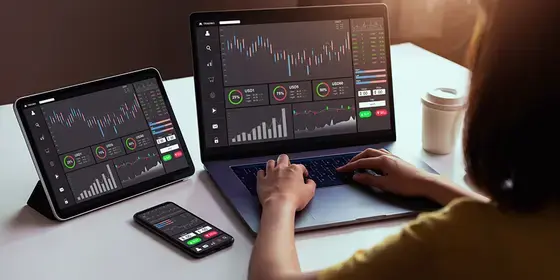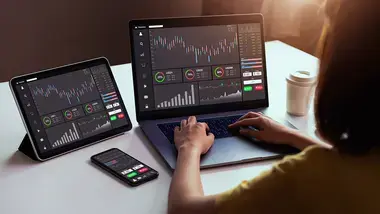In this episode of “Investment Management Foundations,” Wealth Enhancement Senior Portfolio Manager Ayako Yoshioka takes a look at persistent inflation and explains how it’s changed year over year.
VIDEO TRANSCIPT BELOW
Inflation has been a hot topic all year. Ever since the pandemic, we've had big bouts of inflation. Inflation has hit every consumer. Every time you go to the grocery store, every time you're buying car insurance, or a used car, it's become an issue for every consumer. And so here today, I'm here to talk about how inflation has really come about and how the Federal Reserve is looking at inflation.
Every month, we get three different readings of inflation: We get the Consumer Price Index, or CPI, which is something that many people are familiar with. We get a producer price index, or PPI. And then we also get the personal consumption expenditures reading, the PCE, which is really the Fed’s preferred measure of inflation. And this is why we're looking at the PCE chart here. So, we get a reading for each month. And with the CPI, again, this is consumer oriented. And this is what impacts our basket of goods and services. And the PPI comes from more of the seller's perspective, or the producer’s perspective. And that's why it's something that we monitor as well, because that eventually comes down to the consumer.
The PCE is the Fed’s preferred measure, and that is used to gauge how much earned income of households is being spent on consumption for various goods and services. So, each measure has a core version, and the core versions strips out food and energy prices. And that's because food and energy tends to be pretty volatile in terms of its swings. And then we have a super core version that the Fed has continued to monitor. And that strips out food, energy, and shelter. So, the Fed has said that, in this most recent bout of inflation, shelter can be stripped out because they believe it's a temporary problem here. Just because housing has been elevated more recently, and the impact of the higher interest rates that we've seen so far have yet to really have an impact on housing.
So, now you tell me, “Well, if I can't eat, I can't go anywhere because energy prices are high, and we've got no shelter—no place to sleep—how exactly is this a measure of inflation?” Well, there's plenty of other goods and services that really impact overall inflation in this way, we can see what else is in the basket of goods: it’s travel, auto insurance, other goods and services that are really core to the overall basket of goods and services. And we'd like to also look at this between products and services. So, core goods, we've seen that goods were really impacted by the pandemic. And a lot of this has normalized now as supply chains came back to normal. And now with services, they've continued to remain a little bit more elevated. And that's the reason why it's taking a lot longer for us to get to the Fed’s overall target of 2% inflation. It will continue to be a concern for markets. And we'll see how that will impact us throughout the year.
And that's all I have about inflation today. Thank you again for listening and please check back for additional videos. Thank you.
This information is not intended as a recommendation. The opinions are subject to change at any time and no forecasts can be guaranteed. Investment decisions should always be made based on an investor's specific circumstances.




